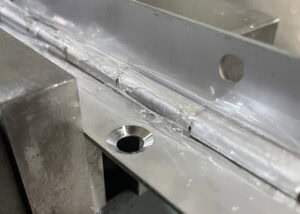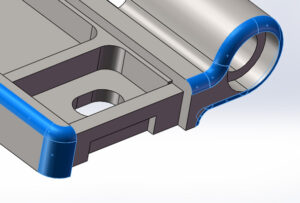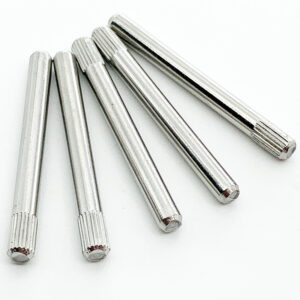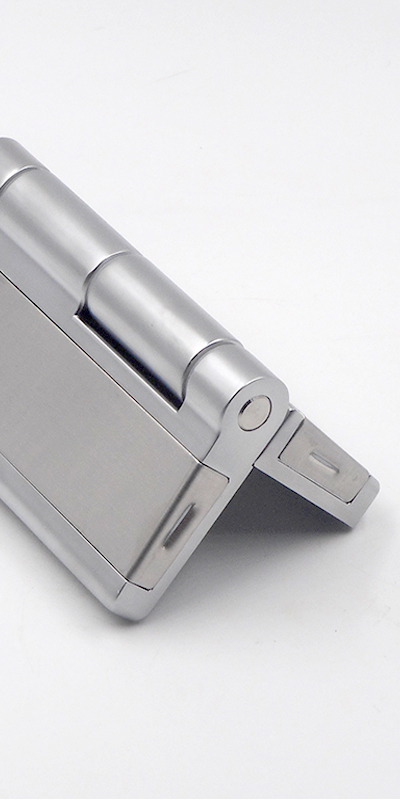Heavy-duty gate hinges play a vital role in supporting and moving large industrial doors under heavy loads.
To maintain heavy-duty industrial gate hinges, conduct regular inspections, correct alignment shifts, lubricate moving parts, tighten mounting bolts, and apply anti-corrosion treatment. Use sealed bearing or maintenance-free hinge models to reduce long-term upkeep and ensure safety and performance in harsh environments.
Explore essential maintenance strategies and smart hinge choices that keep your equipment operating smoothly.
What Are the Common Problems with Industrial Heavy-Duty Hinges?
Industrial heavy-duty hinges often face challenges like misalignment, wear, and corrosion due to their exposure to extreme environmental and mechanical conditions.
Common problems with heavy-duty gate hinges include misalignment from improper installation, bolt loosening from vibration, and corrosion in outdoor or harsh environments. These issues can lead to sagging gates and hinge failure if not addressed early.
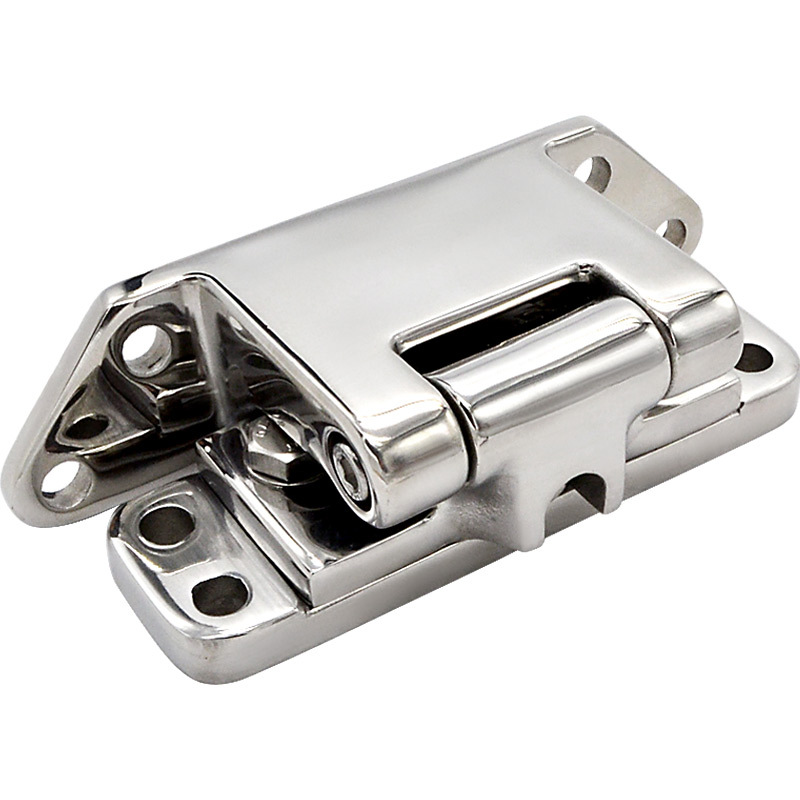
Typical Failure Scenarios
Heavy-duty hinges are designed for strength, but their performance heavily relies on proper installation and maintenance. A misaligned hinge can cause the gate to sag, forcing the hinge to bear uneven load distribution. This often leads to structural fatigue and bending of the hinge leaves.
In many cases, mounting bolts loosen from repetitive vibration, especially in industrial facilities with heavy machinery. If bolts shear or snap, the gate may drop, posing safety hazards.
Vulnerable Operating Environments
Outdoor installations or chemically exposed areas increase the risk of rust. Even marine hinges or galvanized weld on hinges require inspection in salt-rich or high-humidity environments. Regular checks help identify surface corrosion or cracking that could compromise security.
How to Inspect Heavy-Duty Hinges for Wear or Damage?
Preventive inspection is the foundation of hinge maintenance, especially for industrial gates in constant use.
Inspect hinges regularly for rust, cracks, loose bolts, and signs of uneven wear. Early detection prevents catastrophic gate failure and extends operational life.
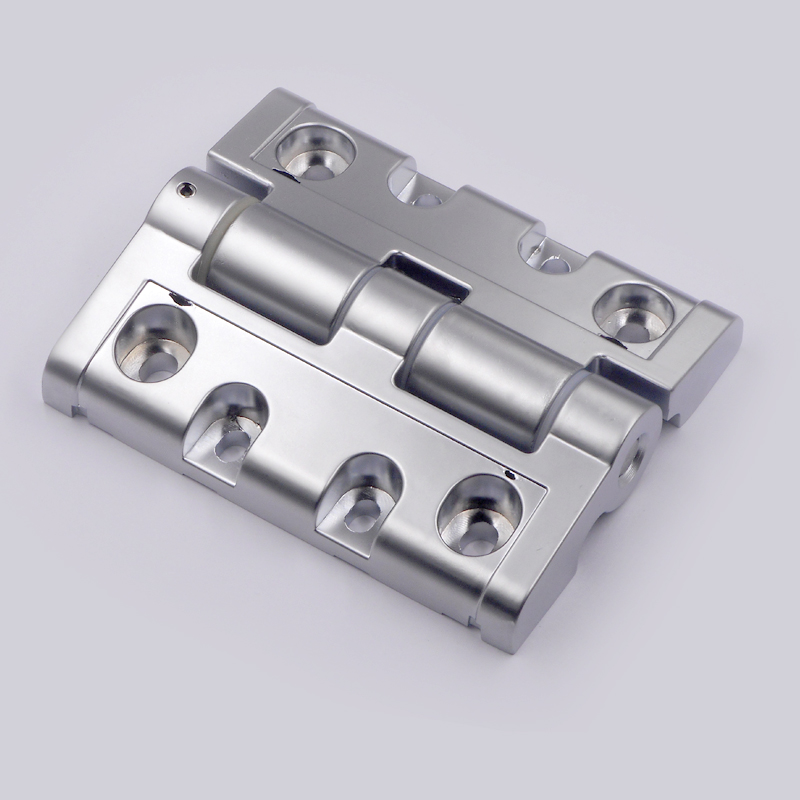
Visual and Physical Checks
Every inspection should include a thorough visual check for discoloration, rust spots, and deformation. Run a hand check to feel for cracks or gaps between the hinge leaves and mounting surface. Swing the gate manually to check for smooth motion—resistance or creaking may signal internal fatigue.
What to Document
Keep a maintenance log. Track each inspection date, findings, and repairs done. Use magnification to spot microfractures, especially on *[aluminum hinges] or cast components used in lightweight industrial doors. If multiple hinges show similar wear patterns, it may indicate improper load balancing or hinge undercapacity.
Why Does Hinge Alignment Matter in Industrial Applications?
Correct alignment ensures that each hinge bears its share of the load, allowing smooth and balanced door operation.
Misalignment increases hinge stress and leads to binding, premature wear, or even door collapse. Periodic realignment reduces maintenance needs and increases durability.
Causes of Misalignment
In industrial settings, gate foundations often settle or shift due to floor vibration or poor leveling. This causes the door to pull unevenly against the hinges, introducing lateral stress. Weather conditions can also expand or contract metal components, misaligning precision points.
Corrective Actions
Realignment requires loosening bolts, repositioning the gate to level, and re-torquing to specifications. Use laser levels or plumb lines to assess vertical and horizontal accuracy. Hinges like *[trailer door hinges] with slotted mounting holes can allow fine adjustment without full disassembly.
What Are the Best Lubrication Practices for Gate Hinges?
Proper lubrication reduces metal-to-metal friction and prevents surface rust from forming on moving parts.
Lubricate heavy-duty hinges every 3–6 months using industrial-grade grease or penetrating oil, especially in high-use or high-moisture environments.
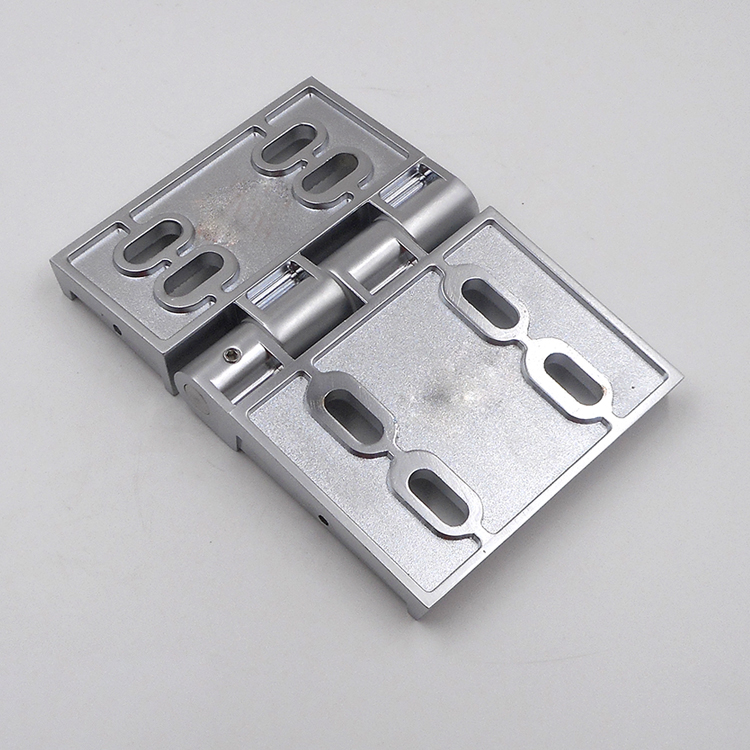
Lubricant Selection
Choose lubricants specifically designed for high-load applications. Greases with molybdenum disulfide or synthetic base oils perform well under pressure. For food-grade or cleanroom environments, dry-film lubricants like PTFE are preferred.
Lubrication Frequency
The frequency depends on hinge type and usage. For example, *[detachable hinges] in outdoor power units may require monthly maintenance. Apply lubricant to pivot points and rotating surfaces, and operate the gate several times to ensure even distribution. Clean old grease before applying new to avoid sludge buildup.
How to Prevent Corrosion in Harsh Environments?
Protecting hinges from rust is critical in high-moisture, salt, or chemically active environments.
Use corrosion-resistant coatings, stainless steel materials, or zinc plating to reduce the risk of rust. Regular cleaning and painting can add extra layers of protection.
Environmental Exposure Assessment
Conduct a site analysis. Facilities near coasts or in manufacturing plants with acidic emissions need marine-grade hinge protection. Even if your hinges are not *[marine hinges] by specification, extra surface treatment is necessary for longevity.
Protective Measures
Apply epoxy paint, zinc-rich primers, or powder coating to hinge surfaces. Consider replacing vulnerable parts with stainless steel or anodized *[aluminum hinges] if corrosion remains persistent. Avoid mixing metals, which may accelerate galvanic corrosion.
Should You Tighten Bolts Regularly on Heavy Hinges?
Yes—loose bolts compromise structural integrity and pose safety hazards.
Inspect and re-torque hinge bolts at regular intervals to ensure the gate remains stable under load. Use thread lockers to prevent vibration-induced loosening.
Torque Management
Over-tightening can deform hinge plates, while under-tightening causes slippage. Use a torque wrench to meet OEM specs. On frequently cycled doors, check tightness quarterly, or after seismic activity or impact.
Preventing Loosening
Apply locking washers or liquid thread lockers like Loctite to resist vibration. For high-vibration zones like factories, hinge models with captive bolt systems are ideal. Specialty products such as *[cold storage room hinges] often come with factory-preassembled locking components.
When Is It Time to Replace Industrial Hinges?
No hinge lasts forever—replacements are part of long-term asset care.
Replace heavy-duty hinges if you notice metal fatigue, excessive play, or mounting deformation. Choose high-performance replacements suited to your gate’s weight and usage.
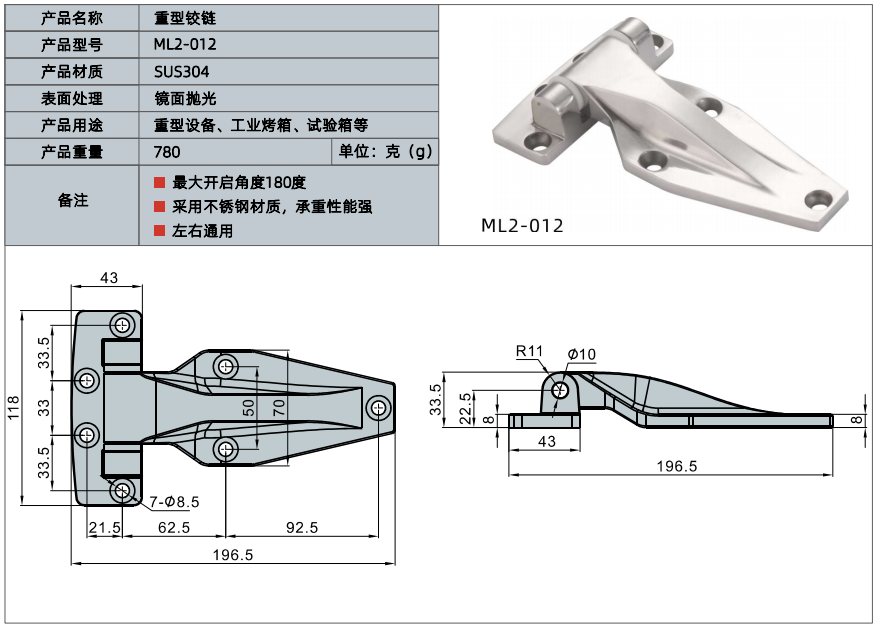
Warning Signs
If the gate drops when opened, swings unevenly, or makes abnormal noise, the hinges may be overstressed. Corrosion at pivot joints or fractures near bolt holes are also immediate red flags.
Selecting a Replacement
Choose hinges that match or exceed the original load rating. Look for options with improved coatings, sealed bearings, or *[special hinges] for unique mounting constraints. Industrial buyers often prefer sourcing directly from an *[industrial hinge production base] to ensure customization and bulk reliability.
How Many Hinges Should Be Used for a Heavy Industrial Gate?
| Gate Height (m) | Minimum Hinge Count | Recommended Type |
|---|---|---|
| ≤1.5 | 2 | Butt hinges, concealed hinges |
| 1.5–2.5 | 3 | Heavy duty hinges |
| ≥2.5 | 4+ | Piano hinges, weld on hinges |
Proper hinge count ensures even load distribution and prevents excessive stress on individual hinges. Taller gates exert more torque, requiring upper and lower hinge reinforcement.
Conclusion
With regular inspections, proper alignment, and strategic component upgrades, heavy-duty industrial hinges can perform reliably for years in the most demanding environments.

